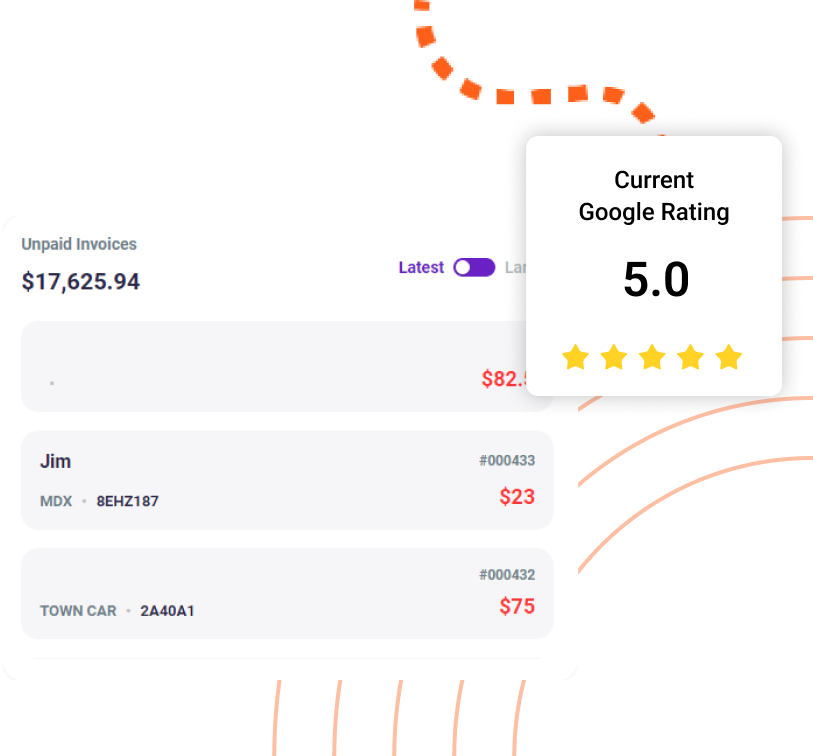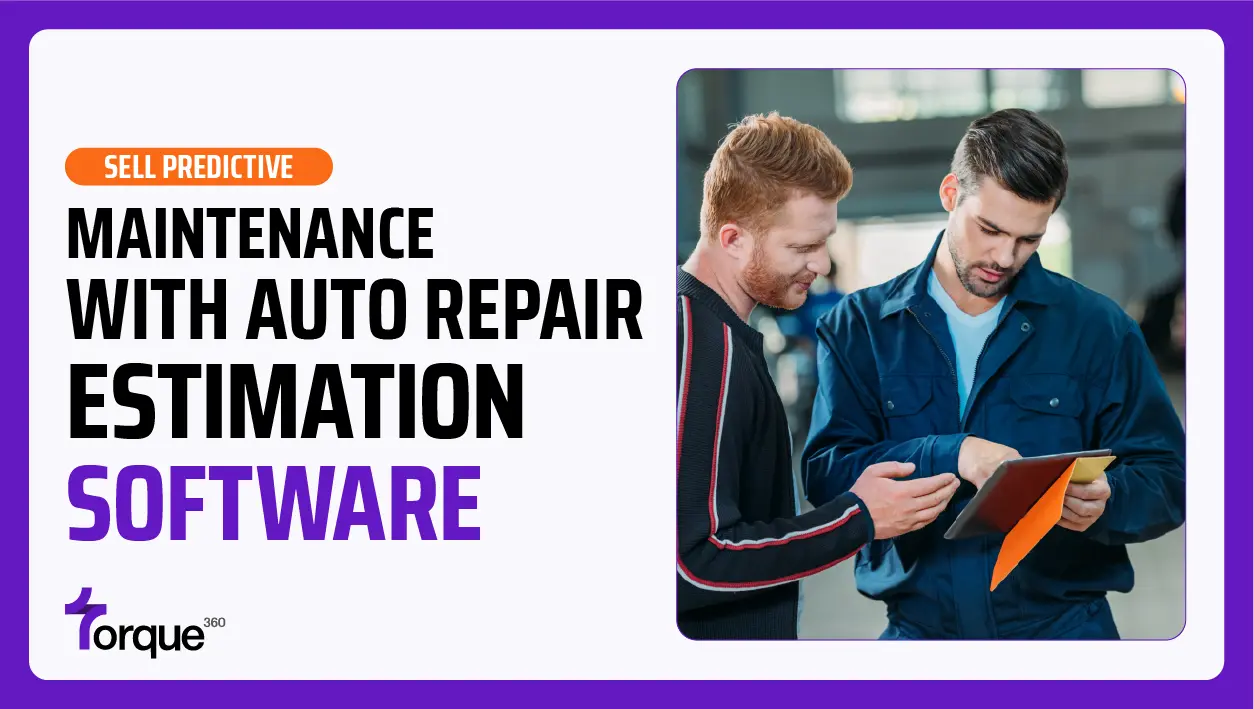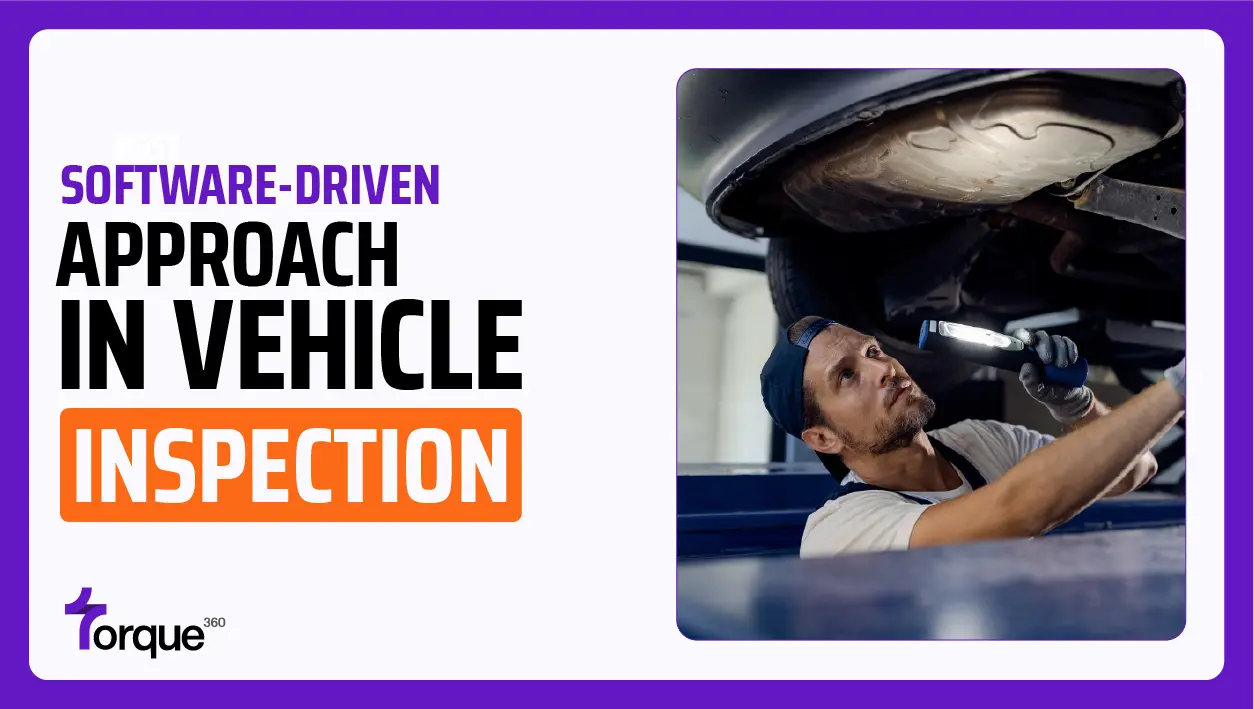An easy-to-manage and modern payment system is critical in an industry as competitive as auto repair. Your payment system should be a tool that makes payment processing hassle-free.
A sound payment system becomes more critical when considering the automotive service advisor role.
The Automotive service advisor bridges the customer and the auto repair shop. Their job is critical as they recommend services and repairs. They need a readily available estimate and invoicing system that offers transparency to both customers and clarity to the advisor.
This blog will discuss the best practices and key features of an auto repair shop payment system.
Best Practices in Payment Processing for Auto Repair Shops
Selling repair work is more challenging than selling goods or spare parts. Customers are often unaware of required maintenance work or just reluctant to get a job done due to financial challenges. In such situations, the job of technical advisor/representative becomes supercritical. They must navigate customer journeys and efficiently manage invoicing, transactions, and basic bookkeeping.
Efficient payment management helps build trust and enhance customer experience. To ensure an excellent customer experience, incorporate the following best practices.
1. Be Upfront from the Start
Honesty is the best policy!
Studies show that 70% of customers stop doing business with a company due to poor customer experience, with inaccurate estimates and selling unneeded services being the leading causes.
We recommend using good estimate software to ensure customer satisfaction and transparency. A good auto repair estimate software offers the following features.
- Creates clear and detailed job estimate
- Transparent vehicle inspection
- Able to project final cost by incorporating applicable coupons and discounts
- Predict labor costs effectively
- Can keep record of repair works for future needs
2. Integrated Business management software
A modern auto repair shop in 2024 requires integrated software to help manage POS activities, inventory, and cash flows. Integrated POS software helps streamline business operations while ensuring a smooth checkout experience for customers. Great POS software enables auto repair shops to manage billings, invoices, estimation, and taxation in a single platform.
Here are the key features to look for in a modern auto repair shop POS software.
- Easy to operate
- Integrates with accounting software
- Integrates smoothly with business intelligence systems for insights and reports
- Customizable for different needs
- Helps manage inventory
- Cloud-based services
- Does not crash
- Accepts multiple payment methods
- Offer detailed reports
3. Accept Multiple Payment Options
The modern financial system is rapidly moving away from the physical currency. People increasingly prefer digital payment methods like credit cards, debit cards, Apple Pay, Pay, and Strip.
Users prefer using digital methods for recurring payments, which presents an excellent opportunity to increase the number of repeat customers.
4. Security Measures and Compliances
Adopt secure payment methods. Safe payments and adopting best practices for digital payments are not just a luxury but a necessity in auto repair shop payments management. It allows you to
- Build trust with customer
- Secure customer data
- Avoid frauds
A Verizon study found that businesses following the Payment Card Industry Data Security Standard (PCI DSS) successfully thwarted 80% of data breach attempts. Another report by NIST suggests that adhering to PCI DSS standards helps minimize financial losses, improves business credibility, and demonstrates the company’s commitment to customer security.
Here are 10 PCI DSS protocols. These are summarized standards for detailed compliance standards; consider this handbook by the PCI Security Standards Council.
- Install and maintain a firewall to protect cardholder’s data
- Do not use default passwords provided by vendors. Choose strong passwords and other security parameters
- Encrypt customer data, especially if you have to transmit data through public networks.
- Regularly update anti-virus programs and do not use cracked versions.
- Follow standard security processes while developing apps and systems to reduce the risk of security vulnerabilities.
- Restrict access to customer data, especially financial data.
- Assign a unique ID to each person with computer access.
- Restrict physical access to cardholder data.
- Track and monitor all access to network resources and cardholder data using logging mechanisms.
- Maintain a policy that addresses information security for employees and contractors.
Conclusion
By integrating modern POS systems and adhering to PCI DSS standards, auto repair shops can streamline operations, ensure transaction security, and provide transparency in pricing and services. This not only helps in managing financial transactions smoothly but also significantly boosts customer satisfaction and retention.
Implementing these best practices and technology solutions will equip auto repair businesses to meet the industry’s evolving demands and maintain a competitive edge in a rapidly changing digital landscape.







